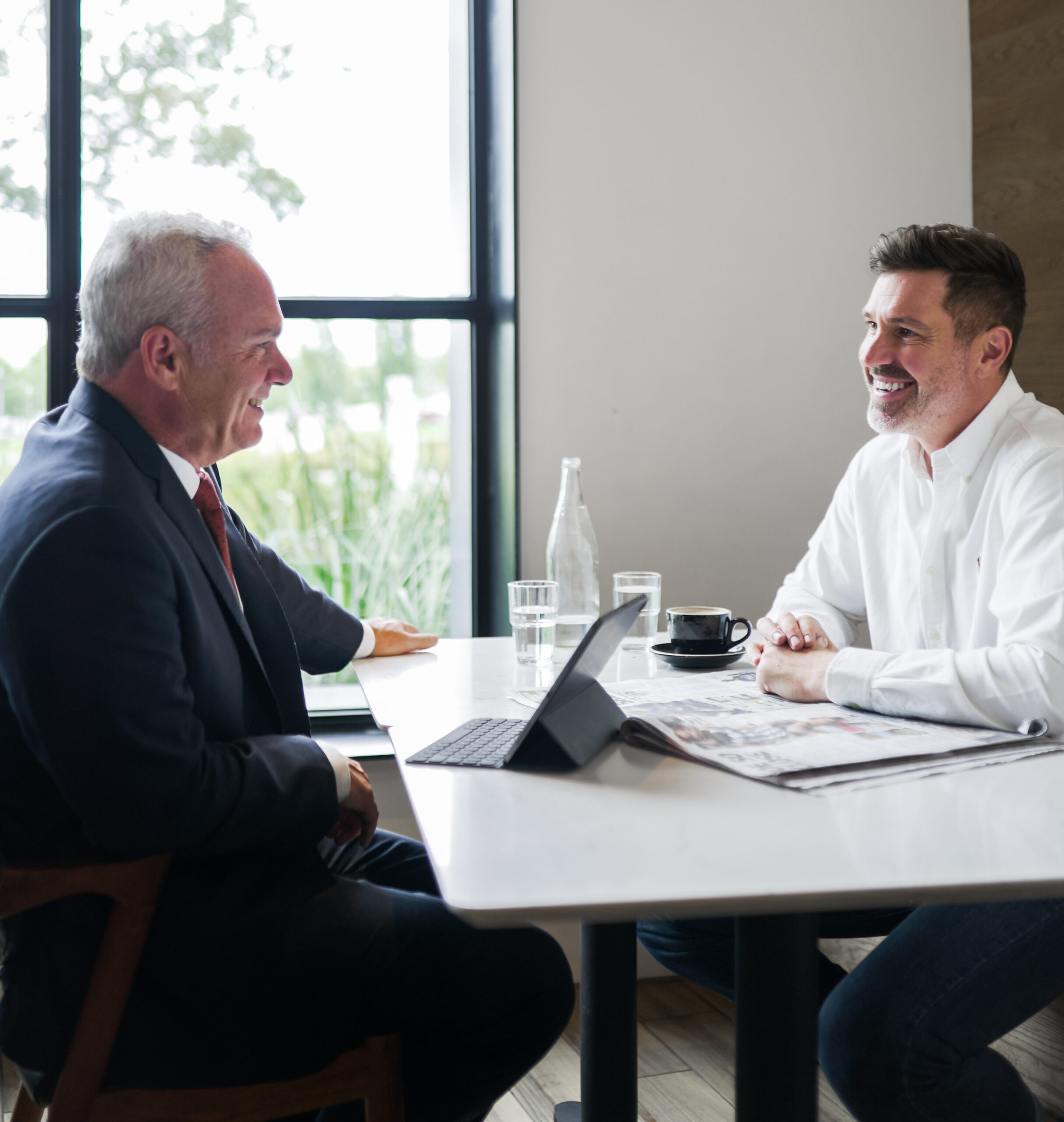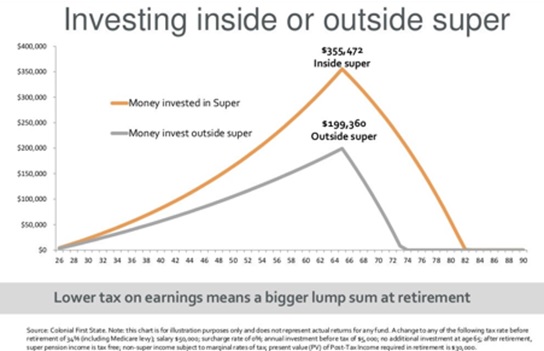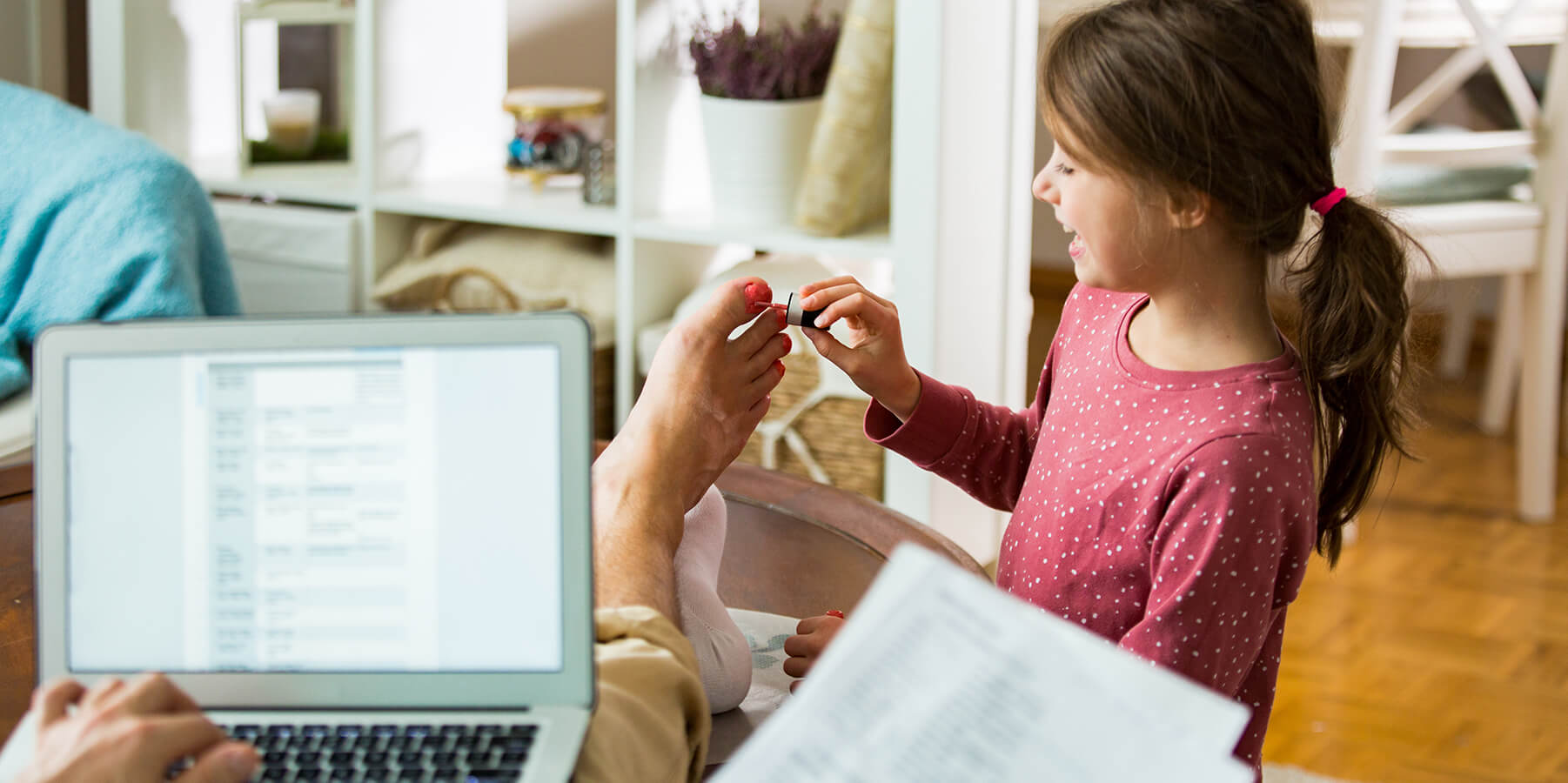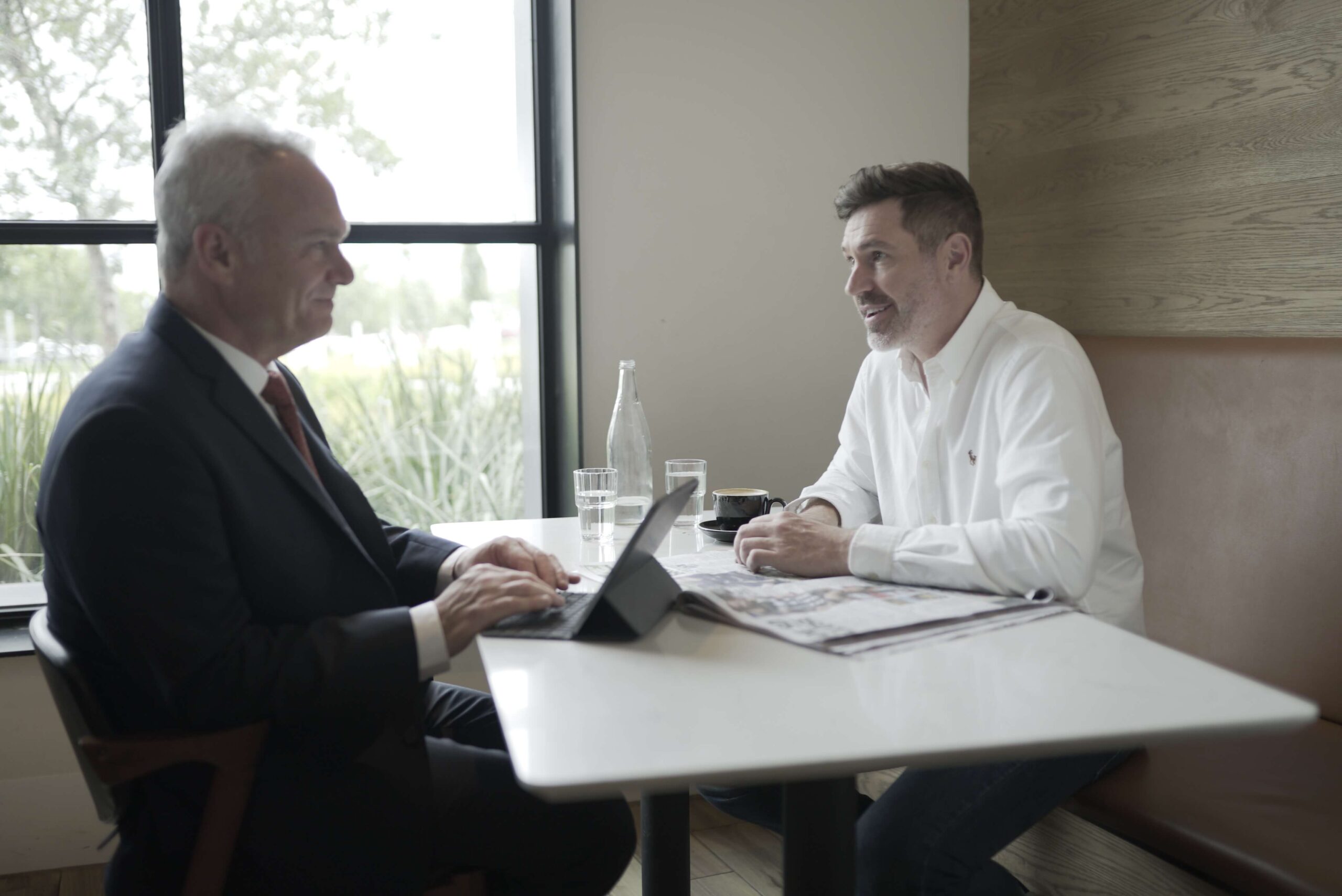Pre-2020, I never thought I’d live in a world where my daughter interrupting an online meeting with lipstick all over her face was just another day “in the office”. It’s strange to think these delightful (or at the time, mortifying) moments interrupting our workdays have become par for the course in so many of our daily realities.
Jumping back to February this year, I would never have imagined how dramatically things were about to change. At the time, I was travelling to South Australia for my cousin’s 40th, about to sit the FASEA exam before embarking on a 3-4-week holiday at the base of the Flinders Rangers.
Many of you who have met me, either personally or as a client, would know that being able to regularly drive long distances (be it to Adelaide, Sydney (THE GONG), or Queensland) is something I enjoy immensely.
Having travelled often in previous roles, driving has always been an escape. I’ve been known to use the drive to listen to podcasts, groove to a bit music, and catch up with clients that I have picked up all around the country, popping in to visit or chewing the fat on the phone. Little did I know that this trip to South Australia would be the last time I’d be able to do this for a while.
Having returned from my trip just one week prior to Melbourne’s first lock down and work from home arrangements commencing, I really had no idea what COVID even was, having zero exposure to it in SA at the time.
How quickly things change!
Living in Melbourne, I watched as we went from one of the world’s most liveable cities to having our freedom of movement limited in what has largely been described as among some of the toughest restrictions in the world. As someone with 95% of their family living in NSW and a love of driving the open road, it was a tough pill to swallow.
The cosmic shift COVID threw our way also completely unravelled the way I had always been used to working. The worlds of home and work, while admittedly had become increasingly blended pre-COVID thanks to technology, have since completely collided.
Now, having set myself up with a home office at the front of the house that I’ve worked out of almost exclusively since March, with two young kids at home – I’ve discovered a new-found appreciation for all the parents who worked from home on regular basis pre-pandemic and learnt how truly mischievous my children can be.
“Zooming” or attending Teams meetings from home with all its various interruptions, has become part of a new collective experience.
The traditional rules of professionalism were thrown out the window the day my soon to be five-year-old, not quite old enough to know not to walk into my office during business hours, decided it was her time with “daddy” – meetings be damned.
Although, when meeting a new client, the general rule remains that you want to present well and leave a good impression (with perhaps with a little more leeway when it comes to an iso beard and a head of hair in desperate need of a cut, haha).



Images: Shane’s lockdown looks
I thought I was maintaining this rule nicely too, until my daughter walked in with her face completely painted in red lipstick, and in full camera view of the potential clients I had just met. Makes you wonder why make-up is so often kept within kids reach!
However, if it wasn’t the lipstick war paint that taught me a valuable lesson – perhaps it was a bowl of icing that did the trick?
With the make-up situation sorted with no repeat, soon came the raiding of the fridge. Having baked a cake for our neighbour’s daughter’s fifth birthday, there was a large amount of icing left over. Why the excess wasn’t thrown away, is a mystery we’ll never know.
In our house, the little miss can sniff out sugar like it’s her life’s mission – so you can imagine what happened next. You guessed it! In she walks in with bright blue icing all over her face and during yet another video call.
When it’s not lipstick or icing, it’s a meeting being thrown off course by requests to dress dolls, braid hair, paint nails, feed hungry mouths, or simply have a play. Sticker books have been emptied all over the walls, stamp pads have painted the carpets, and the pantry has been raided of all junk food; the concept of sitting quietly in a room with four walls and barely leaving them is clearly a foreign concept to children.
After a few weeks settling into “daddy day care” I soon learnt to check-in on the kids a little more often than I was. And while I’ve now got the handling of these meeting incursions down to an art, many may be thinking (with a laugh and a smirk) that perhaps I’m in the wrong profession and should be a fashion designer, hairdresser, artist or professional clean-up crew instead!
With time, the kids have also adapted.
My daughter has now taken to accepting parcel deliveries at our door, telling the postie when I’m on a call and cannot be disturbed. Although let’s face it, kids will always be kids – I swear I hear them whispering at the door waiting until I’m on a call to cause as much chaos as possible.
Although it’s been a tough year, I’m grateful for some of the experiences we’ve gained along the way. The lessons we’ve learnt, the time spent with family, and being able to look back and laugh at some of the silly moments (now that we’re starting to find our feet again), are all memories I never want to forget.
I’m also grateful for the support of all our clients; on behalf of The Hopkins Group I am proud of what we have all achieved together and the level of support and compassion we’ve witnessed in our community.
Thank you for being patient, for your laughter and understanding. We all look forward to the next time we can sit down in person! Hopefully, that day isn’t too far away.









